Feeding twice daily was not necessarily beneficial
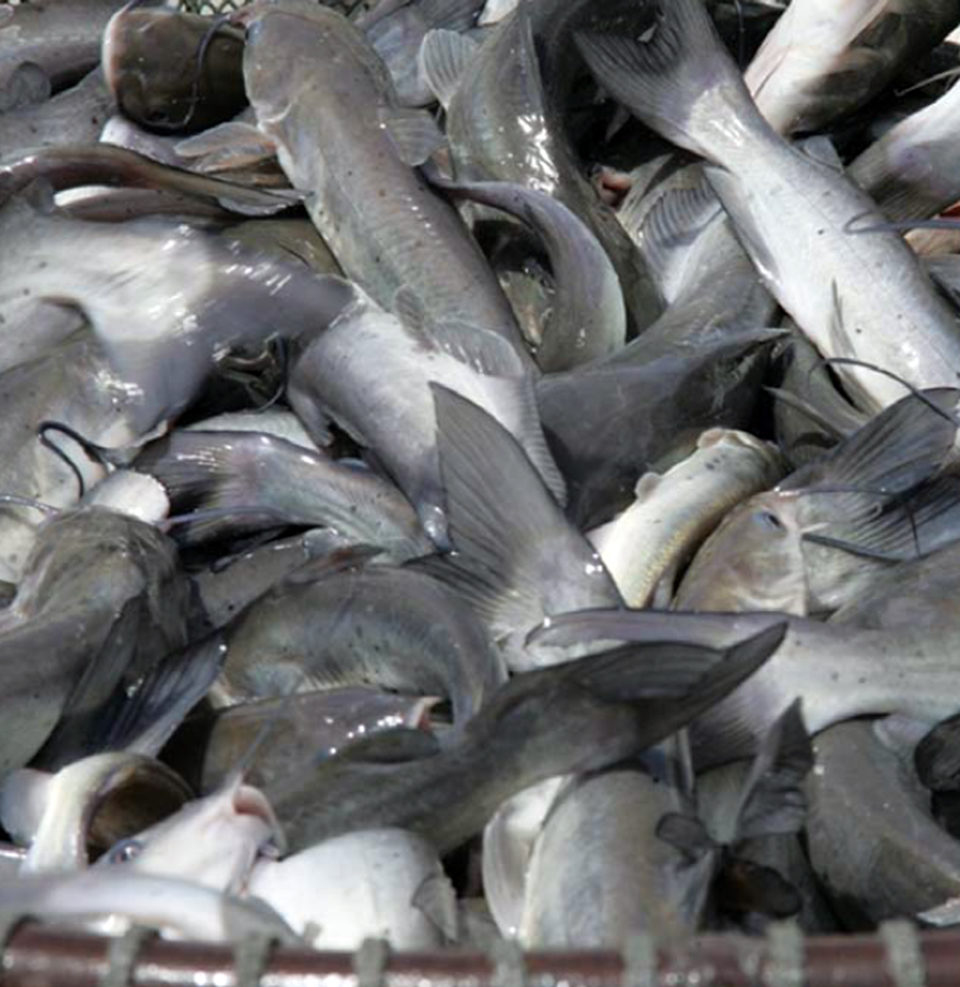
Unlike other farmed animals, most fish are not allowed to feed at will from a constant feed supply. Rather, how much feed is offered is generally decided by the farmer in what can be a highly subjective process.
There are no standard feeding practices across the catfish industry, mainly because many factors affect feeding and every pond of fish behaves differently. Since feed cost is the largest operating expense in catfish production, feeding the fish in a manner which results in efficient feed conversion and fast growth without negatively affecting water quality can increase production and profit.
Feeding trials
The authors recently conducted several catfish culture studies in earthen ponds using standard industry management practices. Fish in the 0.04-ha ponds were fed by hand, and those in the 0.4-ha ponds were fed by a tractor-pulled feeder. The fish received as much as they would eat within 15 to 20 minutes. Water quality was maintained at ranges generally considered optimum for channel catfish growth.
In the first trial in 0.4-ha ponds, channel catfish of 22-gram initial weight were fed a 28 percent-protein commercial diet to apparent satiation once daily in the morning or afternoon, or twice daily in both morning and afternoon for two growing seasons. Stocking density was 24,7000 fish per hectare. Weight gain and survival were estimated based on 500 randomly sampled fish from each pond.
In a second study, 64-gram catfish stocked in 0.04-ha ponds at 14,820 fish per hectare received experimental diets containing 24-36 percent protein once daily or once every other day from May to October. Fish were considered marketable at 570 grams and above.
For trial 3, channel catfish initially weighing 44 grams were fed a 28 percent protein commercial diet at different schedules from May to October. Stocking density in the 0.4-ha earthen ponds was 24,700 fish per hectare.
In the final study, channel catfish of 39 and 249 grams initial weight were stocked at 14,820 fish per hectare in 0.04-ha ponds and fed a 28 percent protein commercial diet once, twice, or three times weekly to satiation from June to October.
Results
Once vs. twice daily
Feeding twice daily was not necessarily beneficial (Table 1). Although fish fed twice daily were offered more feed than fish fed once daily, the extra feed was not completely converted into weight gain. It is likely that feeding twice daily increases feed conversion because, if the feeder is not careful, feed can be easily wasted by overfeeding.
Li, Mean production characteristics of channel catfish, Table 1
| Feeding | Diet Fed (kg/ha) | Net Production (kg/ha) | Weight Gain (kg/fish) | Feed Conversion (feed/gain) | Estimated Survival (%) |
|---|---|---|---|---|---|
| Morning | 32,003 | 14,125 | 1.117 | 2.19b | 69.4 |
| Afternoon | 32,185 | 13,328 | 1.096 | 2.40a | 66.4 |
| Morning and afternoon | 34,128 | 13,492 | 1.030 | 2.31a | 72.3 |
Li, Mean production characteristics of channel catfish, Table 2
| Feeding | Diet Fed (kg/ha) | Net Production (kg/ha) | Weight Gain (kg/fish) | Feed Conversion (feed/gain) | Survival (%) | Aeration Time (hours) | Market-Size Fish (%) |
|---|---|---|---|---|---|---|---|
| Daily | 13,211a | 7,665a | 0.525 | 1.72a | 98.1 | 731a | 56.0a |
| Every other day | 8,960b | 6,157b | 0.418 | 1.46b | 99.2 | 634b | 39.4b |
Once daily vs. once every other day
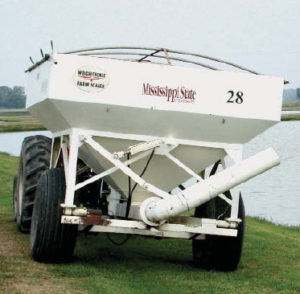
Although the authors recommend that catfish be fed once daily, feeding less frequently can be appropriate under certain circumstances. The authors’ data showed that fish fed every other day consumed more feed on those days compared with fish fed once daily to apparent satiation (Table 2). The increased consumption in fish fed less frequently than daily is primarily the result of compensatory growth, or at least a partial compensatory growth.
Fish are capable of compensating for all or part of the weight loss during a short period of feed deprivation when full feeding is resumed. Although there are some advantages to feeding every other day (reduced feed conversion, labor cost, and aeration), this is not recommended for routine feeding since fish fed every other day cannot consume enough on feeding days to compensate for the missed feed. Also, feeding every other day appears to reduce fish processing yield and extend the production cycle.
Seven days vs. five to six days per week
During the growing season, most catfish producers feed their fish seven days a week, but some feed six days a week. In the authors’ research over a growing season, the latter reduced net production by 3.3 percent, and feeding five days a week (not Saturday and Sunday) reduced production by 6.9 percent when compared with fish fed daily (Table 3).
Li, Mean production characteristics of channel catfish, Table 3
| Feeding | Days Fed | Diet Fed (kg/ha) | Net Production (kg/ha) | Feed Conversion (feed/gain) | Mortality (%) |
|---|---|---|---|---|---|
| Daily | 159 | 16,976a | 8,995 | 1.89 | 3.2 |
| Six days weekly | 138 | 15,635ab | 8,696 | 1.80 | 3.5 |
| Five days weekly | 117 | 14,570b | 8,370 | 1.74 | 3.7 |
Feed conversion was reduced by 4.8 percent and 7.9 percent, respectively, for fish fed six days and five days a week compared with fish fed every day. Considering the slight decrease in net production, slight improvement in feed conversion, and possible reduction in other feeding costs, feeding six days per week may reduce costs for food-size catfish.
However, it should be noted that the authors’ studies used a single-batch cropping system and the fish were fed to satiation on days fed. If feed is restricted, one would expect a further reduction in net production. Also, if this strategy is used in a multiple-batch cropping system, skipping feed days can have more negative impacts than in single-batch systems because the smaller fish can lose more weight than was demonstrated in the studies.
Maintenance feeding
Maintenance feeding means that all feed eaten by the fish is used to maintain the animals with no gain or loss of weight. This feeding regimen can be achieved by either supplying a maintenance ration daily or feeding to apparent satiation once or twice a week.
Since fish of various sizes are typically present in a given pond, it is better to provide all they will eat on days fed than feed a little every day. Feeding to satiation allows the smaller, less aggressive fish to feed. Maintenance feeding can also be used to feed food-size fish that cannot be harvested because of off-flavor or other issues.
Based on research results (Table 4), it appeared that feeding once a week to satiation could maintain the body weight of food-size catfish under a single-batch cropping system. However, the condition factor, a nutritional status indicator that measures the relationship between fish body weight and length, was lower for fish fed once a week than fish fed more frequently.
Li, Mean production characteristics of two sizes of channel catfish, Table 4
| Initial size | Feeding Frequency | Diet Fed (g/fish | Weight Gain (g) | Feed Conversion (feed/gain) | Survival (%) | Condition Factor |
|---|---|---|---|---|---|---|
| 39 g | 225.0b | 85.9v | 2.62 | 71.5b | 0.93 | |
| 249 g | 396.9a | 166.3u | 2.43 | 81.0a | 0.92 | |
| 1 time/week | 153.3y | 66.1y | 2.46 | 78.5 | 0.87y | |
| 2 times/week | 247.2y | 105.5y | 2.38 | 77.7 | 0.91xy | |
| 3 times/ week | 532.4x | 206.9x | 2.74 | 72.5 | 0.99x |
(Editor’s Note: This article was originally published in the June 2006 print edition of the Global Aquaculture Advocate.)
Now that you've reached the end of the article ...
… please consider supporting GSA’s mission to advance responsible seafood practices through education, advocacy and third-party assurances. The Advocate aims to document the evolution of responsible seafood practices and share the expansive knowledge of our vast network of contributors.
By becoming a Global Seafood Alliance member, you’re ensuring that all of the pre-competitive work we do through member benefits, resources and events can continue. Individual membership costs just $50 a year.
Not a GSA member? Join us.
Authors
-
Menghe H. Li, Ph.D.
Mississippi State University
Thad Cochran National Warmwater Aquaculture Center
P.O. Box 197
Stoneville, Mississippi 38776 USA[117,100,101,46,101,116,97,116,115,115,109,46,99,101,114,100,64,105,108,109]
-
Edwin H. Robinson, Ph.D.
Mississippi State University
Thad Cochran National Warmwater Aquaculture Center
P.O. Box 197
Stoneville, Mississippi 38776 USA
Tagged With
Related Posts
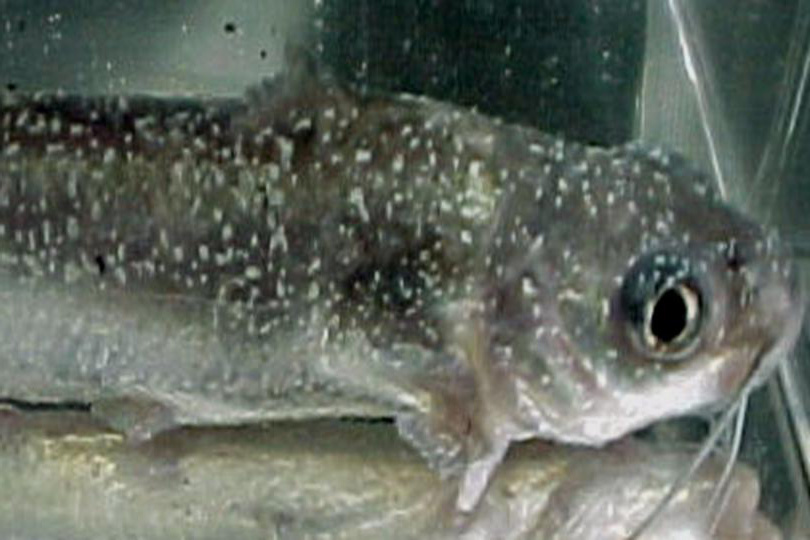
Health & Welfare
Antigens provide immunity against ich in channel catfish trials
Vaccination against the Ich parasite is an alternative to chemical treatment. Fish develop a humoral immune response to trophont antigens, with the degree of protection related to the immunizing doses of trophonts used.
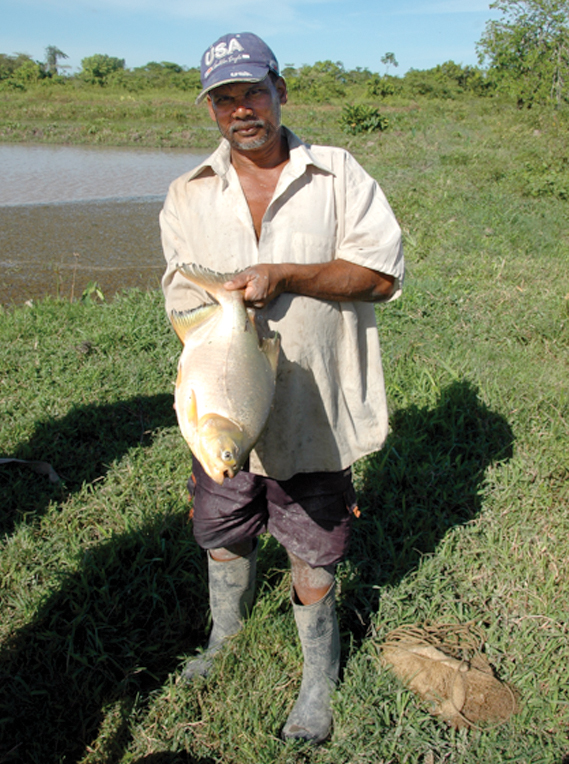
Health & Welfare
A look at aquaculture in Guyana
With its large quantities of water and little industry to pollute it, Guyana has the potential to become a greater player in global aquaculture.
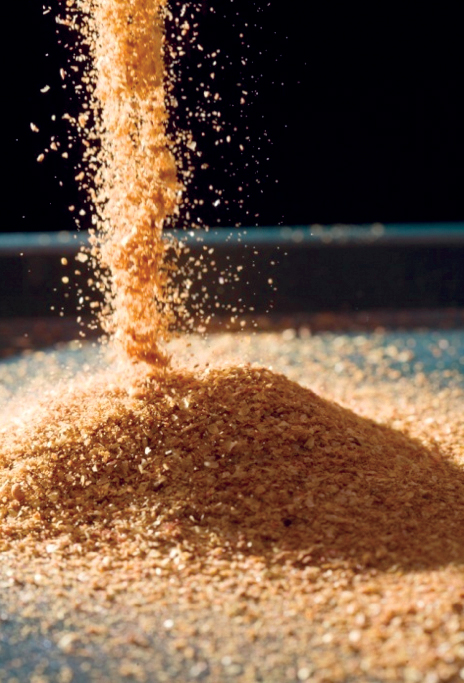
Aquafeeds
A look at corn distillers dried grains with solubles
Corn distillers dried grains with solubles are an economical source of energy, protein and digestible phosphorus to reduce feed costs and fishmeal usage.
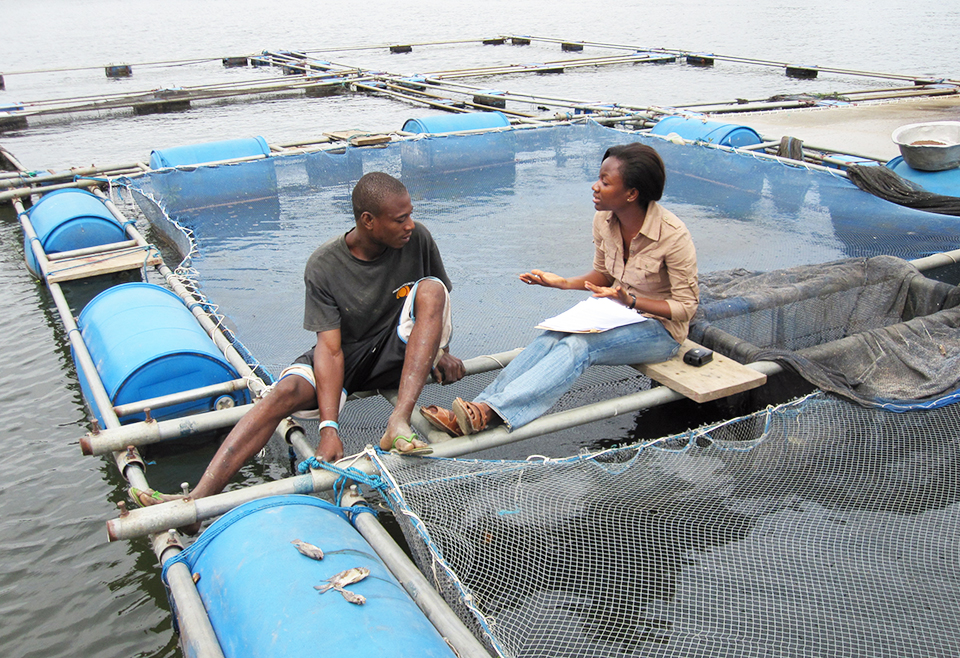
Health & Welfare
A look at tilapia aquaculture in Ghana
Aquaculture in Ghana has overcome its historic fits and starts and is helping to narrow the gap between domestic seafood production and consumption. Production is based on Nile tilapia.


